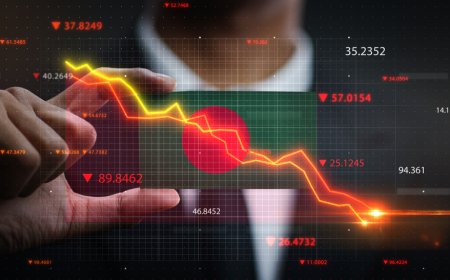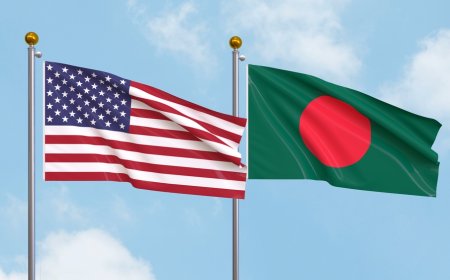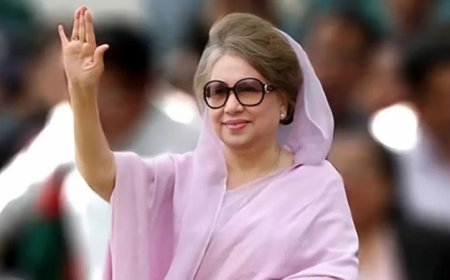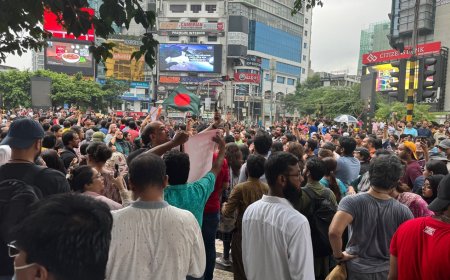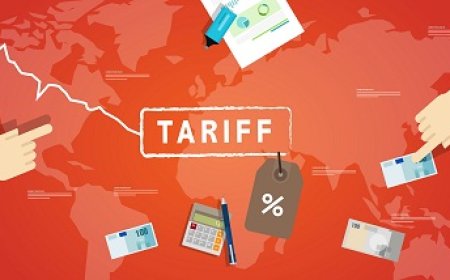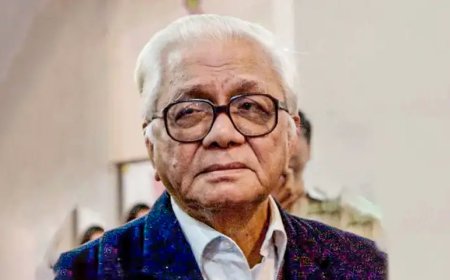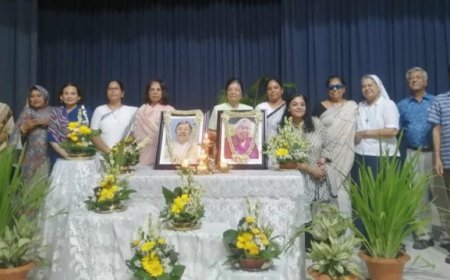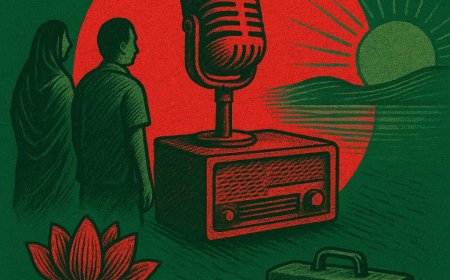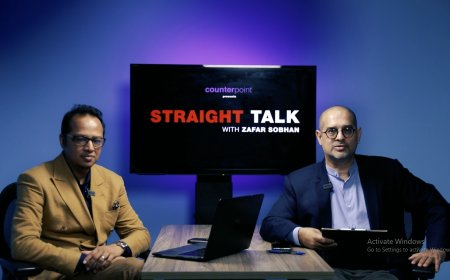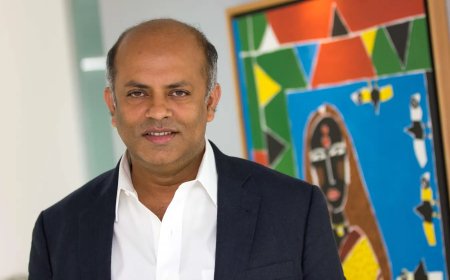Unboxing Gen Z
What does this Western-originated term truly reveal, and what profound realities does it obscure about the young people of the Global South?

The images flash across our screens with a dizzying, global rhythm.
In Nairobi, a sea of young Kenyans, their faces set with determination, marches towards parliament, mobile phones held aloft like shields against live rounds.
In Dhaka, university students, demand for purity, block major highways, protesting a quota system they see as a legacy of corruption.
In Kathmandu, protesters coordinate via TikTok and Discord, their targets are the political “nepo kids” of the elite.
And in Jakarta, millions of young Indonesians leveraged social media in the 2024 elections, championing anti-corruption platforms and scrutinizing political dynasties with a savvy that reshaped the political landscape.
From a distance, a global narrative coalesces.
The international media reaches for a familiar label: This is “Gen Z” in revolt. It’s a tidy, convenient term that bundles the world’s youth into a single, hashtag-friendly package: The digital native, the connected generation.
if we lean in closer, if we listen to the specific chants in Nairobi’s streets or read the precise demands in Dhaka’s manifestos, the universal label begins to fray at the edges.
What does this Western-originated term truly reveal, and what profound realities does it obscure about the young people of the global south?
The Universal and the Particular
There is no denying the connective tissue. The generation born roughly between 1997 and 2012, as defined by Pew Research Center, are undeniably the world’s first true digital natives. They have grown up with the internet not as a novelty, but as a fundamental layer of reality, an oxygen they breathe.
This shared technological upbringing creates certain universal mannerisms -- a fluency with screens, a shorthand of memes, an expectation of instant access to information.
But to stop there is to mistake the map for the territory. The German sociologist Karl Mannheim, in his seminal 1923 essay: “The problem of generations,” argued that a generation is not merely a demographic cohort. It is forged in the crucible of shared historical and social location -- the specific, impactful events that “stratify” a collective consciousness.
A 20-year-old in Berlin and a 20-year-old in Nairobi may share TikTok trends, but their “historical location” is worlds apart. For one, climate change might be a source of existential anxiety; for the other, it is a direct cause of their family’s crop failure.
For one, technology is a tool for remote work and social connection; for the other, as seen in Kenya, it is a vital tool for documenting police brutality and organizing against a repressive state.
This is the core tension: The term “Gen Z,” born in the boardrooms of Western marketing firms and the pages of American sociological journals, flattens these profound differences. It is a theoretical framework developed in the relative stability of the global north, now being applied to contexts of radical instability, protest, and foundational struggle in the south.
A Label with Consequences
Why does this matter? Because language is not neutral; it shapes perception, and perception influences action. When we uncritically apply the Gen Z label, we risk importing a whole set of assumptions that may be dangerously misaligned with local realities.
Consider policy and development. An international NGO, informed by Western generational studies, might design a youth program in Southeast Asia focused on “digital entrepreneurship” and “work-life balance,” the stated priorities of Gen Z in Europe or the US.
What if the more pressing need for young people there is civic education on combating political corruption, or skills to navigate oppressive legal systems?
The well-intentioned intervention misses the mark because it is based on a flawed, imported diagnosis.
Furthermore, the term can perform a subtle kind of erasure. The vibrant, courageous, and specific political identities of these young activists are squeezed into a bland, apolitical consumer category.
The Kenyan youth become not defenders of their democratic rights, but simply Gen Z protesters.
The Bangladeshi students are not fighters against a systemic injustice, but a local expression of a global trend.
Their stories are filtered through a Western lens, their agency diluted into a generational stereotype.
As the novelist Chimamanda Ngozi Adichie powerfully warned, we risk telling a “single story” that robs people of their dignity and the complexity of their experiences.
The Cinematic Lens
We can see this clash of narratives in our own cinemas. For decades, Western storytelling about the global south, much like the Gen Z label, often trafficked in broad, poverty-stricken tropes. The camera lingered on the sprawling slum, reducing complex societies to a backdrop of misery. This is the external gaze, the single story.
But a new wave of storytelling, often led by creators from these regions, offers a more nuanced, internal view. Take Nollywood, which has exploded into a global force not by mimicking Western templates, but by telling uniquely Nigerian stories with universal emotional resonance.
Consider a film like No U-Turn, a gritty South African neo-noir that delves into the specific moral dilemmas and social pressures facing its young protagonist in a way that a universal coming-of-age story never could.
These stories refuse to be flattened. They assert that the particular is, in fact, the most powerful pathway to the universal. The youth of the Global South are demanding the same: To be understood through the specific texture of their lives, not through a generic label.
Toward a Sovereign Imagination
So where do we go from here? The project is not to simply reject global connectivity -- the digital thread binding Nairobi to New Delhi is real and powerful. The project is to decolonize our imagination.
As we move toward a more multipolar world, where power and cultural influence are distributed across multiple centers, we must also cultivate multi-polar frameworks for understanding.
We must ask ourselves: What would a generational theory born in the global south look like? Perhaps we would have the “connected generation,” but with the understanding that connection means solidarity in the face of shared struggles against neocolonial structures.
Perhaps we would have the “sankofa generation,” drawing on the Akan concept of reaching back to reclaim what was lost in order to move forward. Or perhaps we would have entirely different, region-specific names that capture the spirit of movements like Kenya’s “Sisi Kwa Sisi” (Us for Us), which is as much a political statement as a generational identity.
The Kenyan youth who faced down live fire were not just Gen Z. They were heirs to a long tradition of anti-colonial and pro-democracy struggle, applying 21st century tools to a very old fight for sovereignty and dignity. To call them only by a Western name is to misunderstand their story.
The challenge, then, for citizens, journalists, and scholars in the global south is to be bilingual: To understand the global lexicon of Gen Z and Zoomers, but to insist on telling our own stories with our own vocabulary.
We must look at the young people in our streets not as a local chapter of a global brand, but as the authors of their own complex, courageous, and context-rich narratives.
The future of a truly multipolar world depends on our ability to listen to them, on their own terms.
Zakir Kibria is a Bangladeshi writer, policy analyst and entrepreneur based in Kathmandu, Nepal. He can be reached at zk@krishikaaj.com.
What's Your Reaction?




















